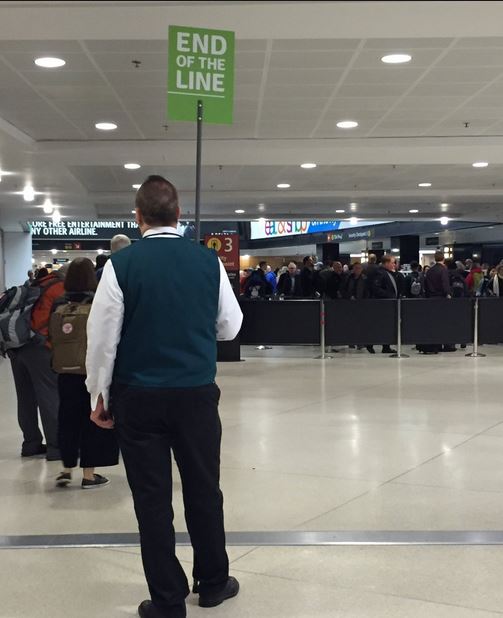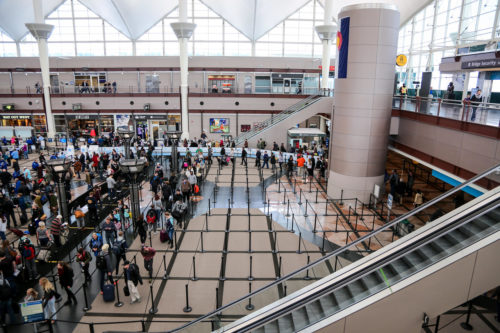
Summer travel is back in full force and that means long lines to go through airport security checkpoints.
Having a paid TSA Precheck or CLEAR membership will get you on shorter, expedited lines. But at an increasing number of airports, there are free programs in place that will also help you shorten the wait times, the unknowns, and the hassles of going through airport security.
CLEAR free Reserve Program
CLEAR offers a paid, identity program that allows many travelers to skip to the front of a checkpoint line. But the company also partners with some airports to offer a free program that allows any travel to reserve a time slot for going through airport security on a dedicated security lane. This can give passengers a more predictable and stress-free travel experience.
Here’s how the program works:
On an airport’s app or website, enter your flight information, the number of travelers in your group, and the time slot during which you’d like to go through security. At most participating airports, slots can be reserved as far ahead as 72 hours before a flight. In some airports, it is also possible to reserve a slot when you arrive at the airport.
Then, show up at the dedicated checkpoint lane at the time you’ve reserved; show the QR you received with your completed reservation; and go through security without waiting in a very long line.
The programs may operate during limited times, in specific terminals, be branded a bit differently at each airport, and is generally not available (or needed) for travelers who already have TSA PreCheck or the paid CLEAR service. So be sure to read the instructions carefully.
Here are the airports where the CLEAR program is currently operating:
*John F. Kennedy International Airport – JFK T4
*Seattle Tacoma International Airport (SEA) – SEA Spot Saver
*Los Angeles International Airport (LAX) – LAX Fast Lane (Terminals 7 and 8)
*Orlando International Airport (MCO) – MCO Reserve (East and West checkpoints)
*Newark Liberty International Airport (EWR) – Newark Virtual Line (Terminal A)
*Phoenix Sky Harbor International Airport (PHX) – PHX Reserve ( Terminals 3 and 4)
*Calgary International Airport (YYC) – YYC Express – Checkpoint E
Keep an eye out for other airports that may adding this great amenity this summer and be sure to take advantage of reserved airport checkpoint times when you can.

